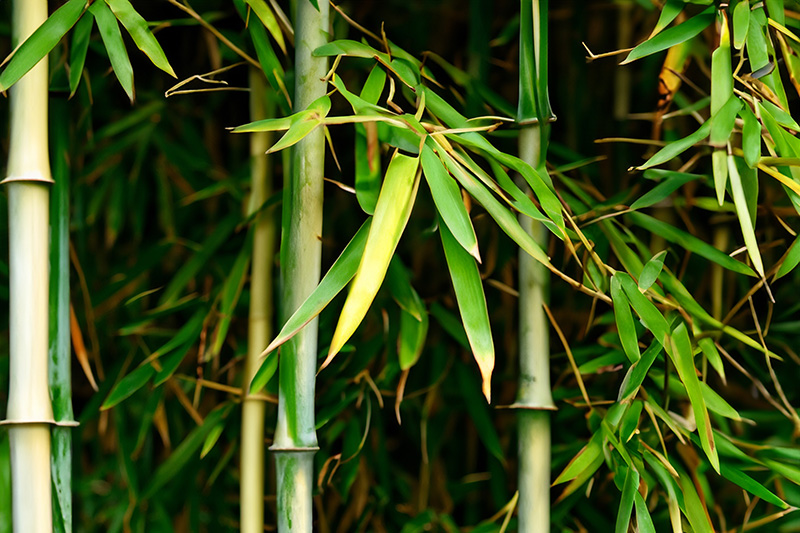Transparent flame retardant from bamboo
A transparent material derived from bamboo that is reportedly flame-retardant, smoke-suppressing and superhydrophobic has been developed in China.

This study explores the potential of using bamboo, which has a shorter growth cycle than woods, instead of silica glass in the construction industry – known for its brittleness, weight and non-biodegradable nature.
The paper on A Novel Flame-Retardant, Smoke-Suppressing, and Superhydrophobic Transparent Bamboo in Research, from the Central South University of Forestry and Technology (CSUFT), explains how, in recent years, there has been growing interest in translucent wood products, 'thanks to their remarkable features like high transparency, excellent mechanical strength and superior thermal insulation properties'.
But 'there are several limitations…(a) global wood scarcity, particularly in China, poses a challenge…(b) the use of polymers in transparent wood makes it highly susceptible to fire, posing a potential hazard, and (c) there is a need to further enhance the functional properties of transparent wood beyond its basic optical and mechanical attributes'.
The paper explains how bamboo 'boasts a rapid growth and regeneration rate, allowing it to reach maturity and be utilised as a building material within four to seven years of growth'.
Its chemical composition and internal hierarchical structure is also similar to wood, featuring high porosity and permeability.
Dr Caichao Wan of CSUFT says, 'However, bamboo materials pose a fire hazard due to their flammability. Therefore, when developing a new type of bamboo-based transparent material, we aim to incorporate both flame-retardant and smoke-suppressing capabilities to ensure safety.
'Additionally, transparent bamboo materials show great potential in developing new types of glass. We aim to enhance their superhydrophobic properties to enable automatic removal of surface dust during rainfall.'
To make the new material, the first step is removing the lignin components containing chromophoric groups from the bamboo. Next, the remaining bamboo framework is filled with sodium silicate. The third step involves immersing the sodium silicate-filled bamboo in a fluorosilane hydrophobic modifier to achieve hydrophobic properties.
The resultant material consists of three primary components – the bamboo framework, sodium silicate filler and a transparent hydrophobic layer of fluorosilane.
Wan explains, 'The bamboo framework provides integral mechanical support. Sodium silicate filler is embedded within the bamboo framework, serving two primary functions. Firstly, it enhances transparency. Secondly, it acts as a flame retardant by expanding when heated, absorbing heat and preventing the release of heat and toxic smoke. The fluorosilane hydrophobic layer on the surface inhibits external moisture from corroding the sodium silicate.'
Additionally, when used as a substrate for perovskite solar cells, the transparent bamboo shows promise as a light-management layer, with an efficiency enhancement of 15.29%.
The paper also states, 'It achieves a long ignition time of 116s, low total heat release (0.7MJ/m2), low total smoke production (0.063m2), and low peak carbon monoxide concentration (0.008kg/kg).'
The team has now established contact with several bamboo processing companies for potential industrialisation.
Wan adds, 'Simultaneously, we will focus on the research and development of relevant production equipment, as well as the promotion of key applications. In addition, expanding the functionality of transparent bamboo to include UV shielding, infrared absorption, thermal insulation and energy conservation.'
Wan concludes, 'This work not only provides valuable insights into the high value-added utilisation of bamboo and other biomass resources, but also offers new directions for manufacturing novel, environmentally friendly and biodegradable bioglass.'







